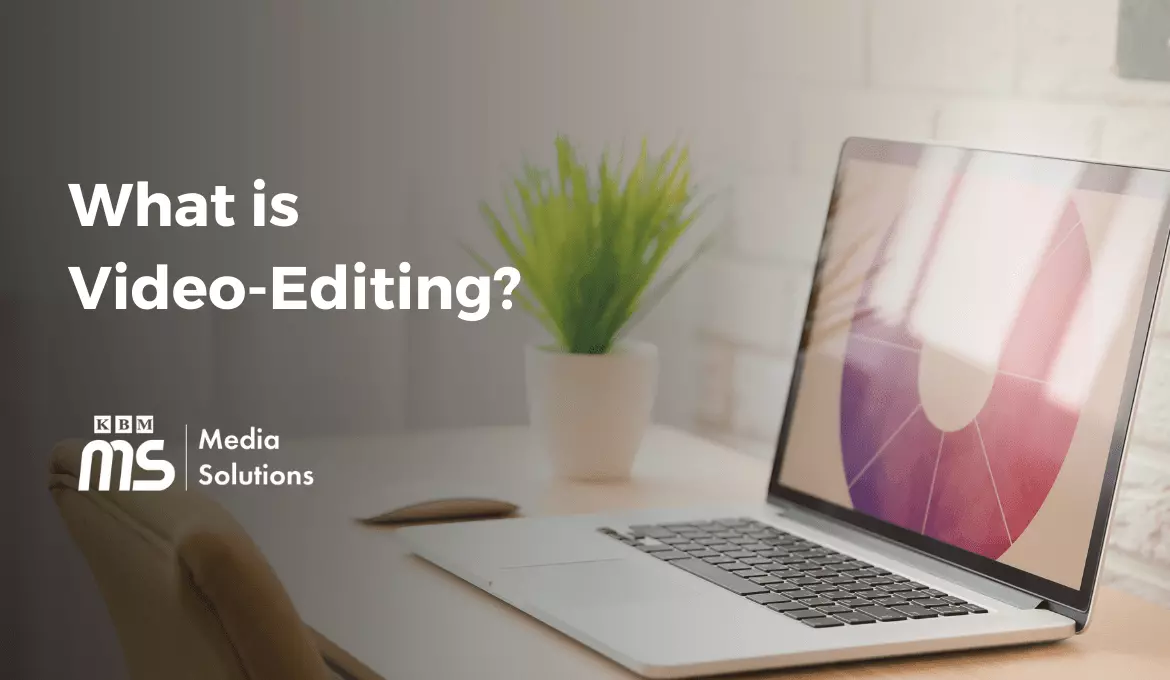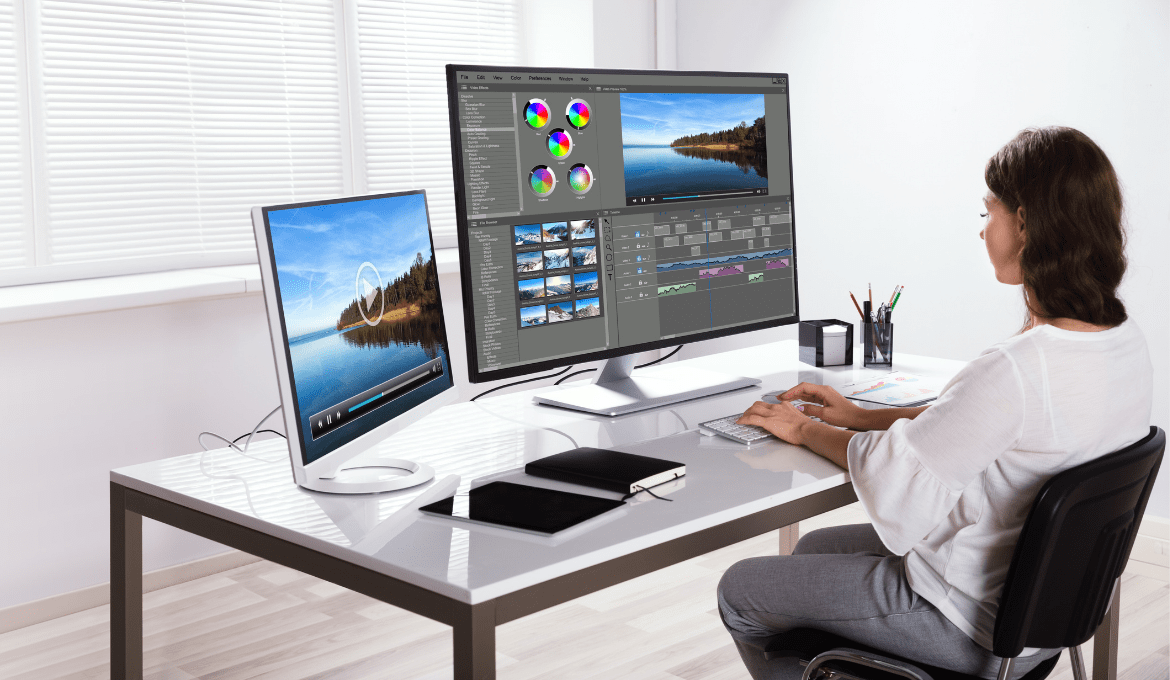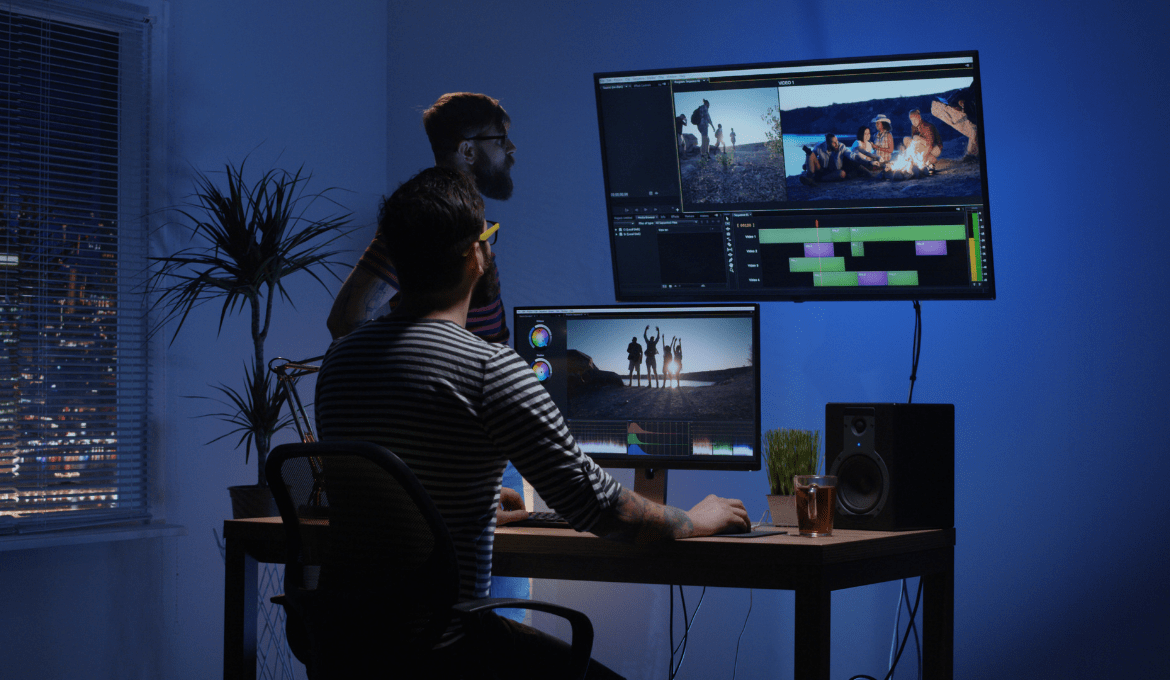What is Video Editing?

Posted on Sep 02, 2021
In this Beginner’s guide well help you understand the fundamentals what video editing is. Video is the most effective content used by businesses, filmmakers, content creators, etc. to convey their message to the audience. Storytelling through videos is more digestible and engaging to the audience because it allows them to use more than one of their senses to understand and comprehend your message, so they don’t have to try hard in figuring out what text and images mean because, through video and audio, you can help them directly by telling what this content is about.
Organic video posts receive 38% more engagement than photos. (bridtv)
If this is something that caught your eye already you may be interested in training for a video production course. https://www.kbmmediasolutions.com/video-production-training-course.php

What is Video Editing?
Video editing is the process of editing segments of motion video production footage, special effects, and audio in the post-production process.
In video production, there are three main stages
- Pre-Production
- Production
- Post-production
In this article, we’ll be focusing on some basic post-production aspects that would help you choose a career in video editing or post-production.
When you watch movies, TV shows, or other video projects, most of the magic that goes into these videos is due to the efforts of video editing. It can be quite amazing what video editing can do to create astounding videos. It requires a technical ability that allows the video editor to transform ordinary video footage into a final masterpiece. Video editors equip themselves with primary editing hardware and software which are crucial in video manipulation and post-production.

What Does a Video Editor do?
Primarily, a video editor’s main function is to cut, trim and sequence clips of videos into a completely organized form. Eventually, this organized video becomes the final version of the release and is ready to be watched by your audience.
The video editor should understand earlier phases of production (Pre-production & Production) which may include storyboarding and shortlists. The reason behind it is that they should know what the story is and what face is to be given to the video. E.g. If a video is written and shot to be joyful and fun, the video editor needs to carry that mood and edit the clips, to make it look like it was meant to be.
In the post-production, video editor spends most of their time editing the video. This is where they possess most of their skills. Video editors are familiar with technical video, audio, and visual terms that help them navigate and execute the director’s vision. Without the understanding of these concepts and terms, you won’t be able to grasp video editing.
There are several post-production terms that you should know about when you begin your journey as a video editor.
Some of the few important ones are:
- Framerate
- Video resolution
- Aspect ratio
- Video codecs
- File formats
- Safe zone
What are the Kinds of Videos I can edit?
There are different kinds of videos that have different requirements. Might be that you’re making a montage of your favorite clips from your family vacation, creating a corporate styled video for your company profile page, shooting and editing a YouTube vlog for your fans.
What you want your final video to be, will inform what is required in terms of shooting and editing that video, these requirements vary with each type of format.

Tips to improve you’re editing Experience
- Plan ahead
It’s always a good idea to construct a plan before you make a move. Make a list of things you may require and would improve your video editing experience. E.g. Type of footage, Equipment, team planning, etc.
- Organizing files
There’s a high chance that you’ll have a lot of footage and files to work with, such as graphics, images, video clips, overlays, audio files, edited effects, etc. which is normal for video editors. Keeping them organized will help you find and access material more easily.
- Have a suitable setup
The equipment you use for shooting needs to be aligned with the devices you’re going to run while working with high-quality videos. Sometimes it happens when you shoot videos with high-end cameras, and after uploading on your computer they don’t work properly, or the visual affects you use slow down your computer. It is suggested that you align your devices and programs according to specifications.
- Take breaks
Video editing is a lengthy process; you can exhaust yourself while sitting in front of the computer for long periods. It’s always a great idea to take small breaks in between to refresh yourself and to reconcile your thoughts.
To learn more about Video production visit: https://www.kbmmediasolutions.com/video-production-training-course.php